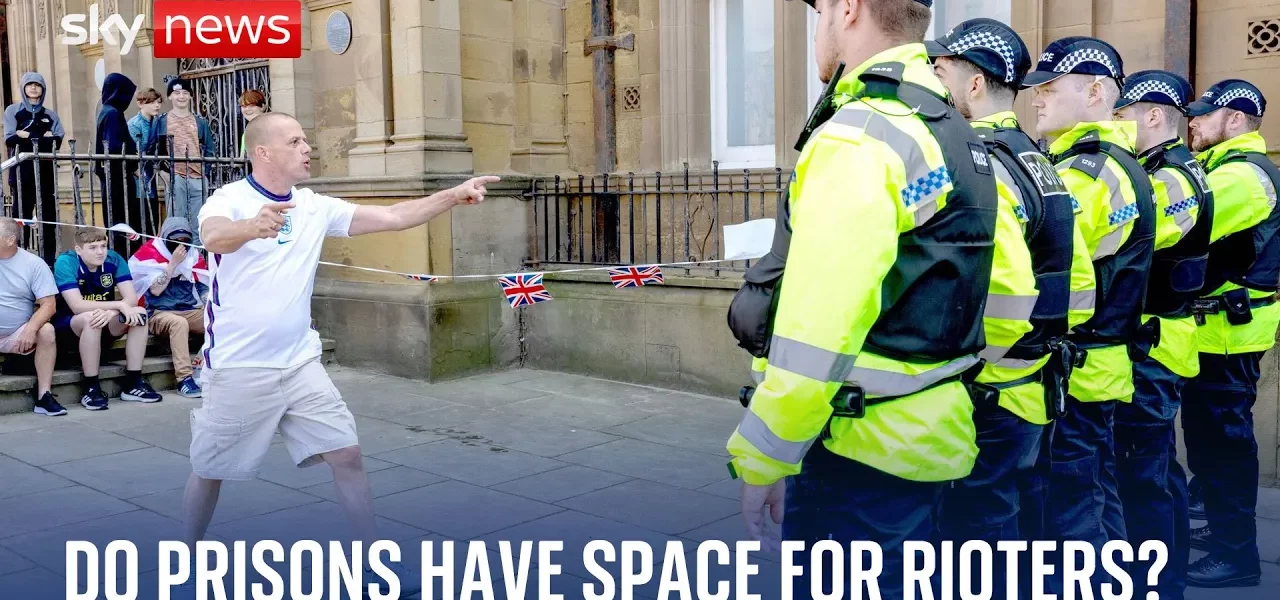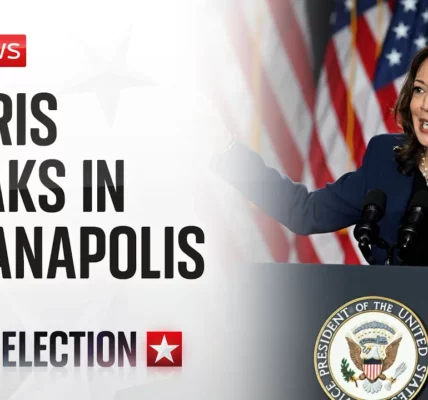Violence and Justice: Analyzing Recent Riots and Sentencing Trends

This article provides an in-depth examination of the recent riots in the UK, focusing on the actions of individuals involved, the responses from law enforcement, and the subsequent judicial outcomes. The analysis highlights the challenges faced by the justice system amidst rising incarceration rates.
Introduction to Recent Riots
The recent riots that erupted across various cities in the UK have raised significant concerns regarding public safety, law enforcement responses, and the implications for the justice system. Events unfolded dramatically, showcasing a range of violent behaviors, including assaults on police and public property, looting, and the overall breakdown of order. This article delves into specific incidents, the ensuing legal ramifications, and the broader context of the justice system’s capacity to manage the surge in prisoners.
Key Incidents During the Riots
One of the most notable incidents involved an individual named John, who was reported to have thrown a tree at police officers, attacked a vehicle, and smashed a window with a chair. This aggressive behavior culminated in looting at a cosmetics store, specifically targeting soap dispensers. Such acts not only demonstrate a blatant disregard for the law but also pose challenges for law enforcement and the judicial system.
Impact of John’s Actions
- Increased tension between police and protestors.
- Significant property damage, leading to heightened security measures.
- Legal consequences resulting in a 4-year and 8-month prison sentence for John, marking one of the longest sentences issued in relation to the riots.
Judicial Response and Sentencing Trends
The judicial response to the riots has been swift, with many offenders facing immediate legal action. As of July, the prison system reported a dwindling capacity, with only about 700 spaces remaining in men’s prisons. The influx of new prisoners has prompted concerns about overcrowding and the overall ability of the system to accommodate additional inmates.
Statistics on Sentencing
- Approximately 460 individuals accused of riot-related offenses have faced justice.
- Sentences have varied, with around 50% receiving two years or more.
- The demographic breakdown of offenders shows that 5% are women, while 70% are men aged between 20 and 40.
- The youngest offender was just 12 years old, and the oldest was 69, indicating a wide age range involved in the unrest.
Case Studies of Sentenced Offenders
Several cases have drawn media attention and highlighted the judiciary’s approach to these offenses. For instance, 22-year-old Charles Smith was sentenced to 23 weeks in prison after pleading guilty to a fray. The court’s decision was influenced by the surrounding context of widespread disorder, which the judge deemed an aggravating factor.
Contextual Factors in Sentencing
Judges have consistently emphasized that the social climate during the riots, characterized by heightened tensions, played a crucial role in their sentencing decisions. Key cases include:
- James Gettings and Philip Hurn, sentenced for inciting racial and religious hatred.
- Roger Haywood, who was arrested for threatening police and received a 30-month sentence for assaulting an emergency worker.
Challenges Faced by the Justice System
The continuous influx of prisoners following the riots poses significant challenges for the UK’s justice system. With the limited prison space, authorities must navigate the complexities of accommodating a rapidly increasing inmate population.
Managing Overcrowding
As the prison system nears full capacity, several measures are being considered:
- Increased funding for the construction of new facilities.
- Re-evaluation of sentencing guidelines to potentially reduce prison terms for non-violent offenders.
- Enhanced rehabilitation programs to prevent re-offending and reduce recidivism rates.
Conclusion
The recent riots have underscored significant issues within the UK’s justice system, from the immediate responses to the long-term implications of increased incarceration rates. The actions of individuals like John and others have resulted in severe legal repercussions, prompting a reevaluation of how the system manages offenders. As the country moves forward, it is imperative to consider reforms that address overcrowding while ensuring justice is served. For further insights into the impact of these events and ongoing discussions about justice reform, explore our related articles on law enforcement and community safety.
“`




